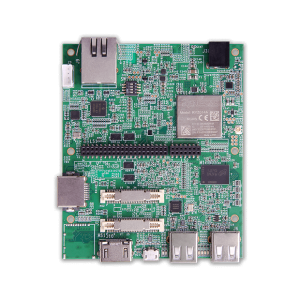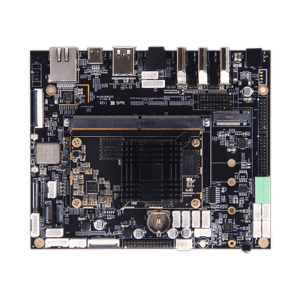How Program on Module Accelerates Product Development Cycles
How Program on Module Accelerates Product Development Cycles
Blog Article
How System on Component Accelerates Product Progress Cycles
Having a new product usually involves extended timelines, intricate patterns, and significant source investment. For companies seeking to increase this technique while sustaining high-quality standards, a embedded computer module gift ideas an innovative solution. That compact module not only simplifies the development method but also assists accelerate product development rounds without diminishing performance or reliability.

SoM: A Developing Block for Efficient Solution Progress
A System on Module (SoM) is a total computing component that encapsulates all of the parts needed to run a certain application. It always is made up of processor, storage, storage, and other essential peripherals such as for example connection choices and conversation interfaces. The key benefit of an SoM is their small measurement, rendering it simple to incorporate into any item design.
Streamlining Item Development with SoMs
Usually, creating a new service requires planning and creating every part from scratch. This method can be time-consuming and resource-intensive, specifically for complex products.
What's a System on Module
A Process on Module, often abbreviated as embedded single board computer, is really a small, incorporated enterprise that comes pre-loaded with crucial components just like a microprocessor, storage, power management, and sometimes even connection options. Consider it as a pre-built base for the item, allowing developers to concentrate on unique functionalities without reinventing the wheel.
Why Process on Component Benefits Product Development
Here are a few methods a Program on Module considerably boosts the product development process.
Simplifies the Style Process
Developing a custom panel from damage involves time-consuming jobs like selecting components, planning the world, and screening hardware. By developing numerous key functionalities, an SoM simplifies that process. Developers may focus on planning the initial facets of their item as opposed to worrying all about low-level equipment complexities.
An example worth taking into consideration is in IoT devices. Instead of designing every aspect, designers may use an SoM to combine essential IoT functions easily, decreasing the general time and energy to market.
Diminishes Risk
Custom hardware style inherently provides risks of mistakes and delays. Debugging and ensuring portion compatibility may drag timelines. An off-the-shelf System on Component is pre-tested for efficiency and stability, reducing likelihood of errors and ensuring a stable foundation. Developers can confidently construct upon that without fretting about the basics.
Reduces Costs
While upfront costs of an SoM may appear greater than some parts, it eventually preserves time and reference allocation, reducing expenses in the extended run. Also, the availability of widely-used segments ensures scalability without requesting continuous redesigns.
Rates Up Prototyping

Rapid prototyping is required for firms seeking to iterate easily and fit market demands. An SoM permits quicker prototyping by giving a ready-to-use foundation. Groups may rapidly construct a prototype, test functionality, and produce changes without awaiting intensive hardware design cycles.
Eases Maintenance
Program on Modules are made to offer long-term support, which guarantees compatibility around time. Updates or improvements to the component do not require a total overhaul, more accelerating potential solution iterations.
Empowering Faster Innovation
Adopting a System on Module may revolutionize how items are developed. By lowering style complexities, minimizing risks, and permitting scalability, companies can offer impressive solutions more efficiently. For industries wherever time to advertise is a important metric for success, developing an SoM to the growth method is really a game-changing strategy. Report this page